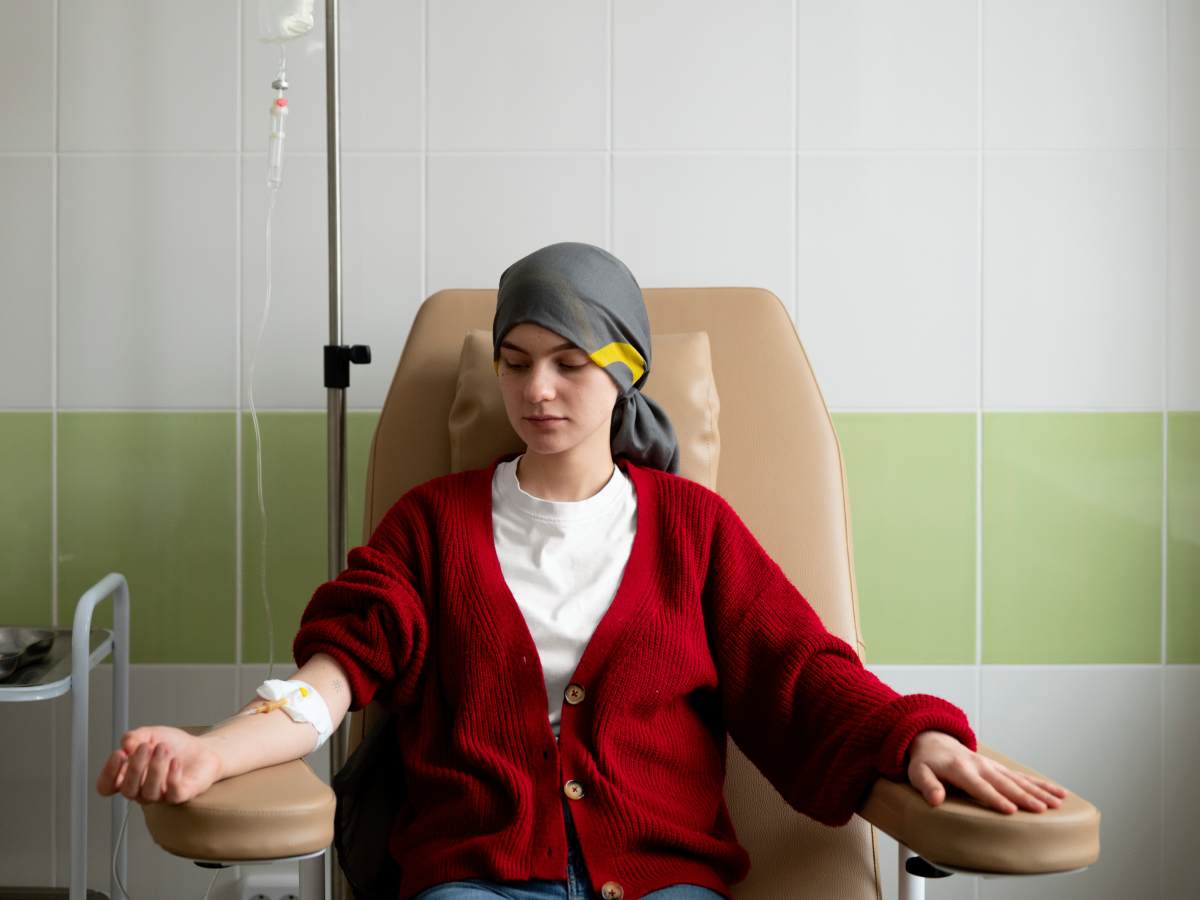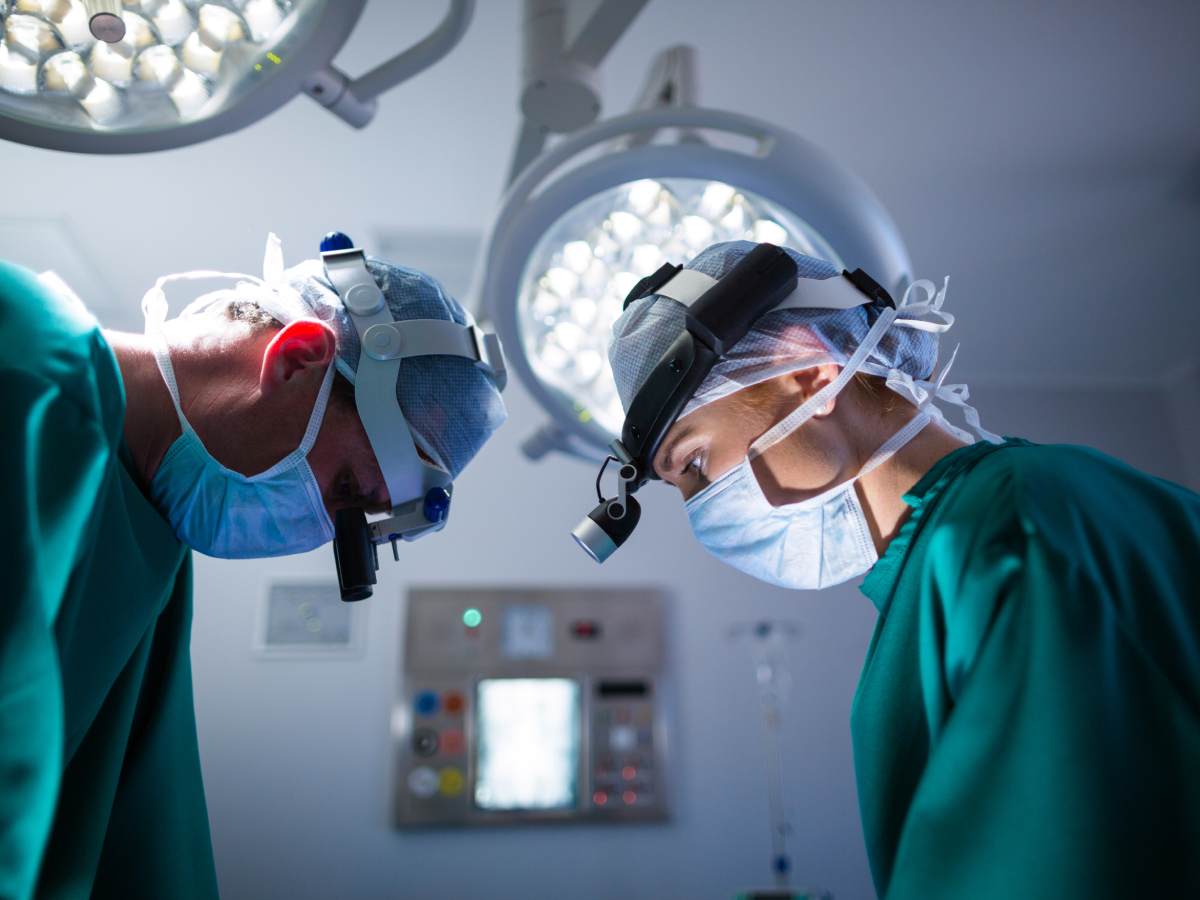Cancer Treatment (Oncology)
Multi-modal, Personalized C Precision-Driven Cancer Care

Chemotherapy C Radiation Therapy
Used to kill or shrink cancer cells using drugs and high-energy radiation.
- Chemotherapy: Delivered intravenously or orally in
- Radiation: Targeted beams focused on tumor sites to destroy cancerous
- Benefits: Effective for various cancer types, often used in combination
- Recovery: Depends on cancer type/stage. Side effects include fatigue, nausea, hair loss,
- Risks: Low immunity, secondary infections, tissue
Robotic Cancer Surgery
Minimally invasive cancer removal using robotic systems like the da Vinci platform.
- Procedure: Surgeons operate using robotic arms with 3D visualization and precision.
- Benefits: Smaller incisions, reduced blood loss, quicker recovery.
- Recovery: Most patients recover in days to weeks.
- Risks: Surgical risks (bleeding, infection), equipment failure.


Bone Marrow Transplant (BMT)
Used in blood cancers (leukemia, lymphoma) and bone marrow failure disorders.
- Types:
- Autologous BMT: Patient’s own stem cells used.
- Allogeneic BMT: Donor cells used.
- Procedure: High-dose chemotherapy is followed by infusion of stem cells.
- Benefits: Potential cure, especially in relapsed cases.
- Recovery: Long-term monitoring required; immune recovery may take 6–12 months.
- Risks: Graft-versus-host disease, infections.
Immunotherapy C Targeted Therapy
Breakthrough treatments that train the immune system or target cancer cell receptors.
- Immunotherapy: Uses checkpoint inhibitors, CAR-T cells, or monoclonal antibodies.
- Targeted Therapy: Drugs like tyrosine kinase inhibitors target specific gene mutations.
- Benefits: Less damage to normal cells, effective in advanced/metastatic cancers.
- Recovery: Fewer side effects than chemotherapy in many cases.
- Risks: Autoimmune reactions, inflammation.

